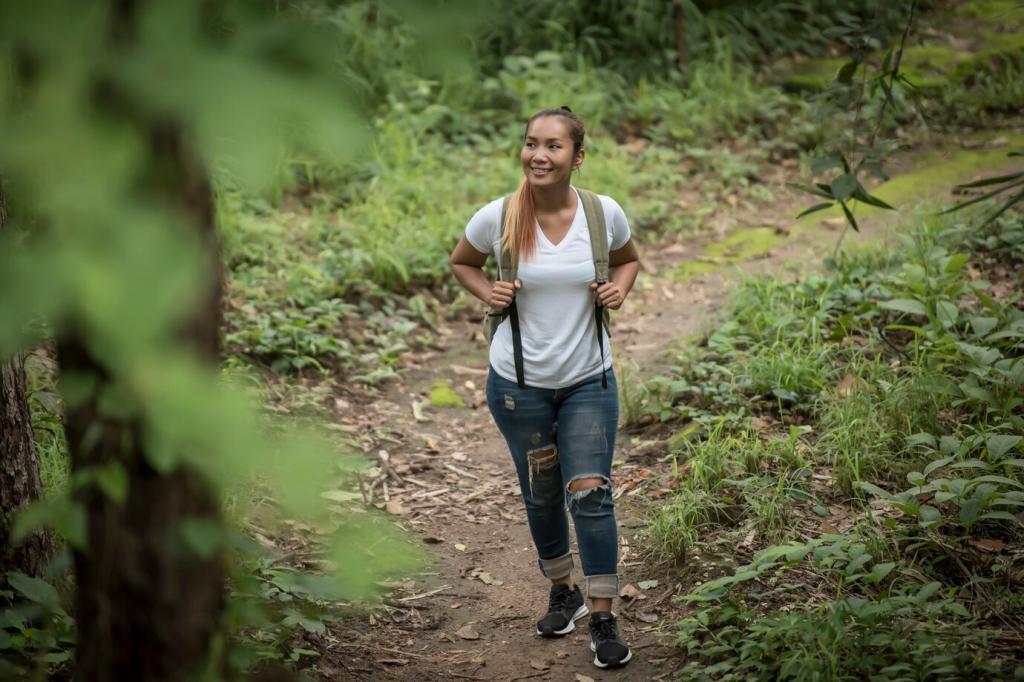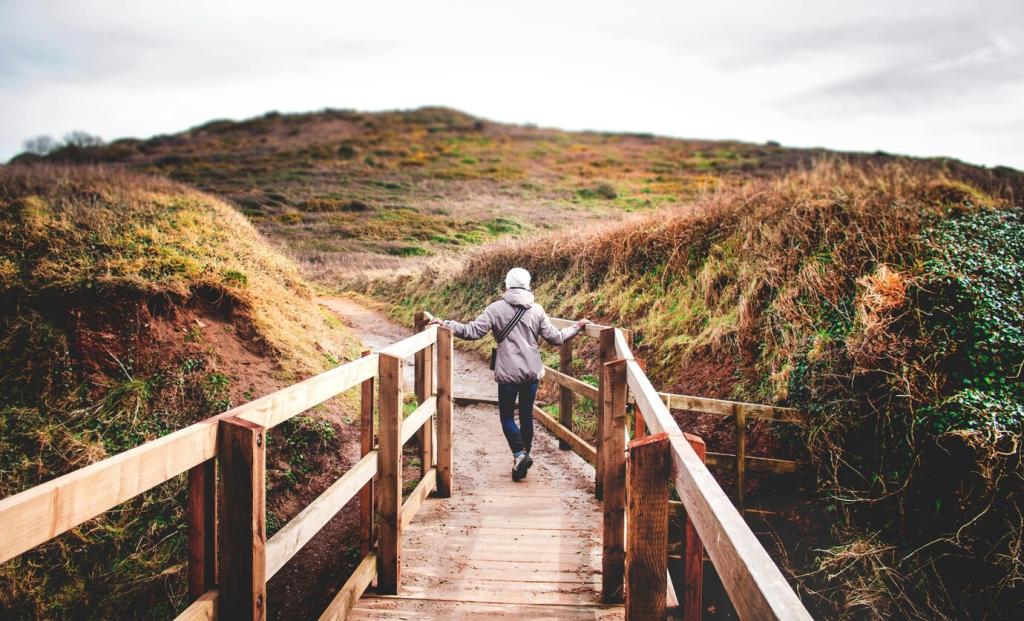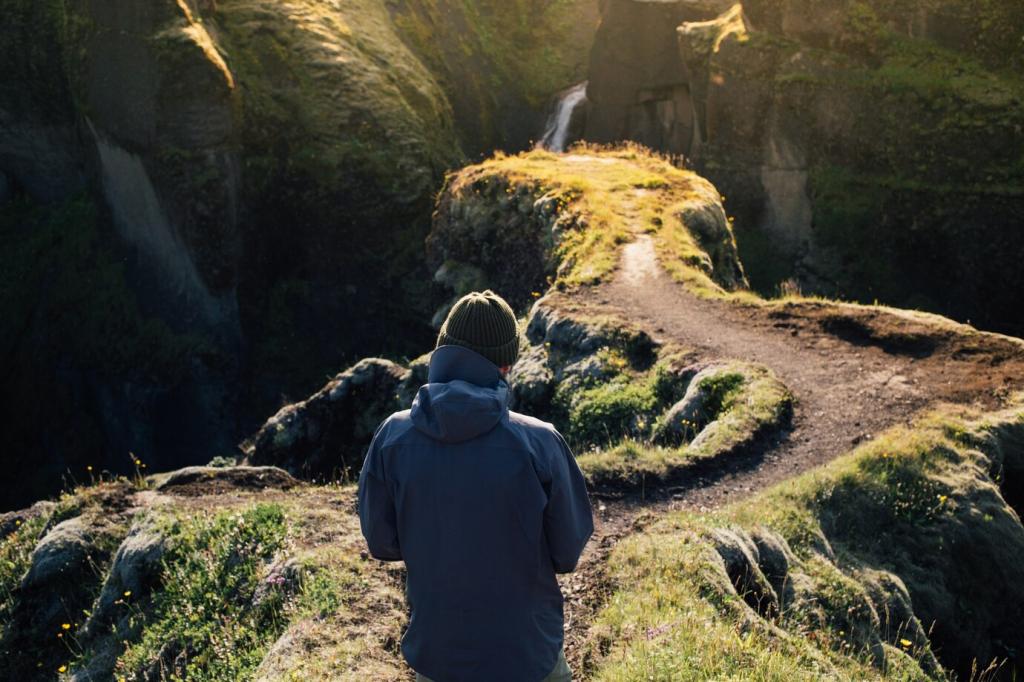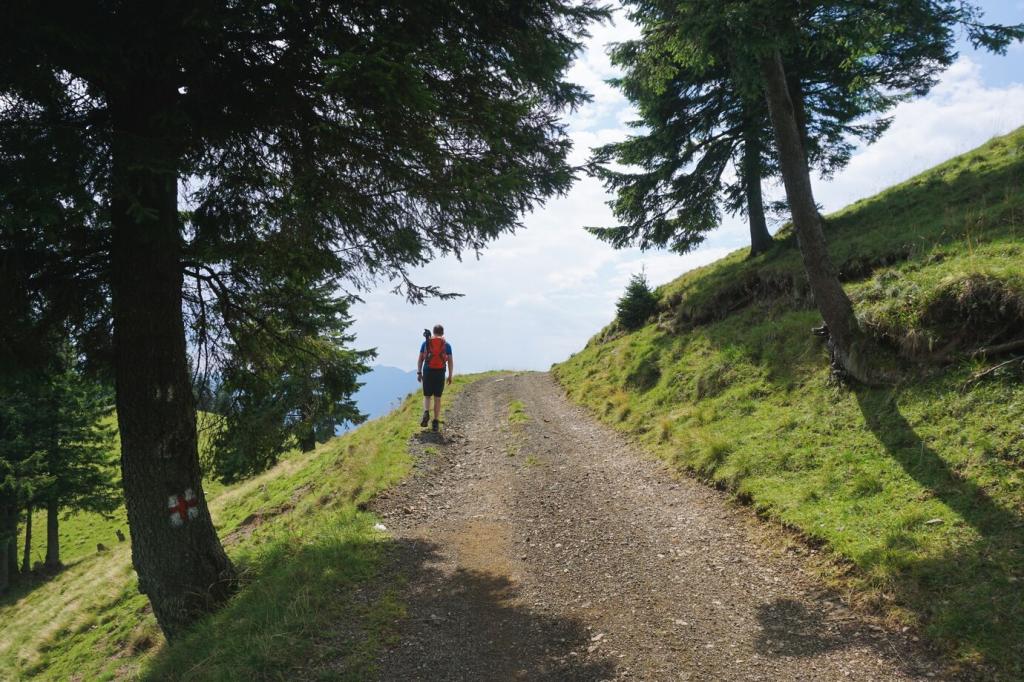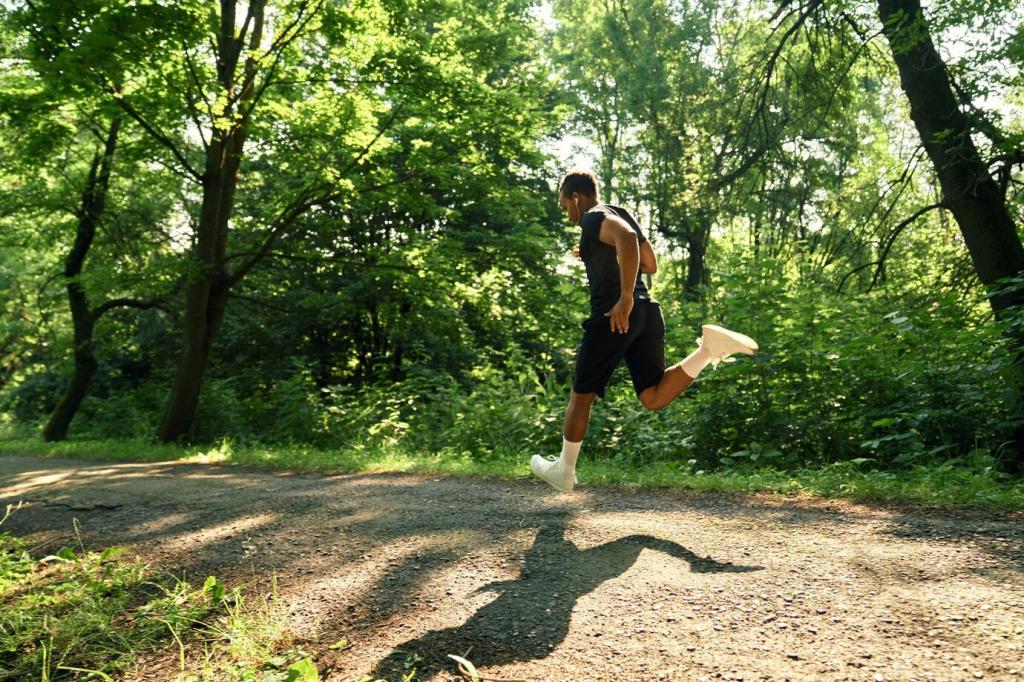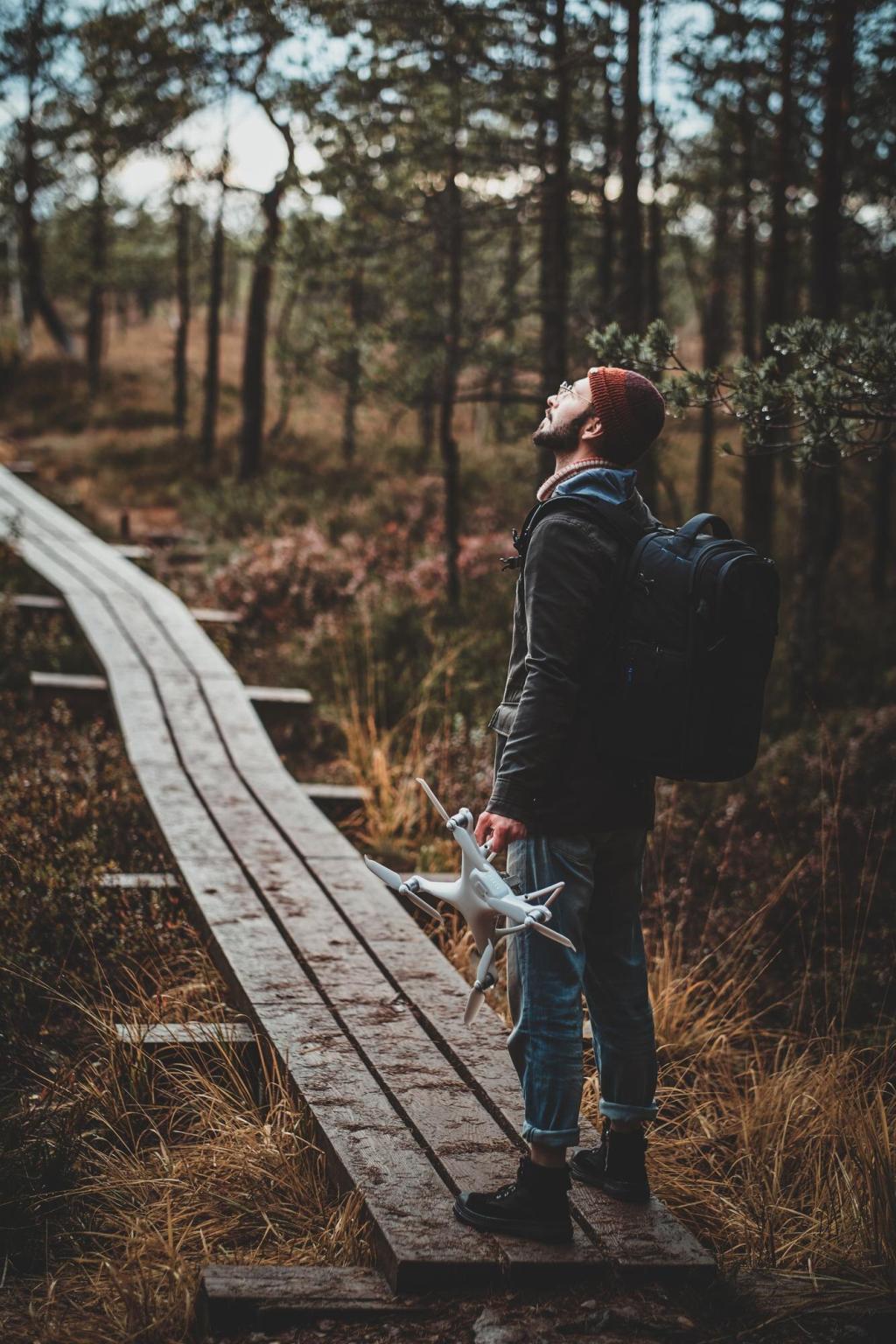Essential Gear: Comfortable, Safe, and Simple
Choose hiking shoes or trail runners that feel secure in the heel and roomy in the toes. Wear moisture-wicking socks—merino wool is a favorite—and trim toenails beforehand. Test your setup on neighborhood walks before committing to a longer trail.
Essential Gear: Comfortable, Safe, and Simple
Use a breathable base layer, an insulating mid-layer, and a wind or rain shell. Avoid heavy cotton, which stays damp and chills. Add a sun hat, light gloves in shoulder seasons, and sunglasses. Pack extra warmth even when the parking lot feels warm.

